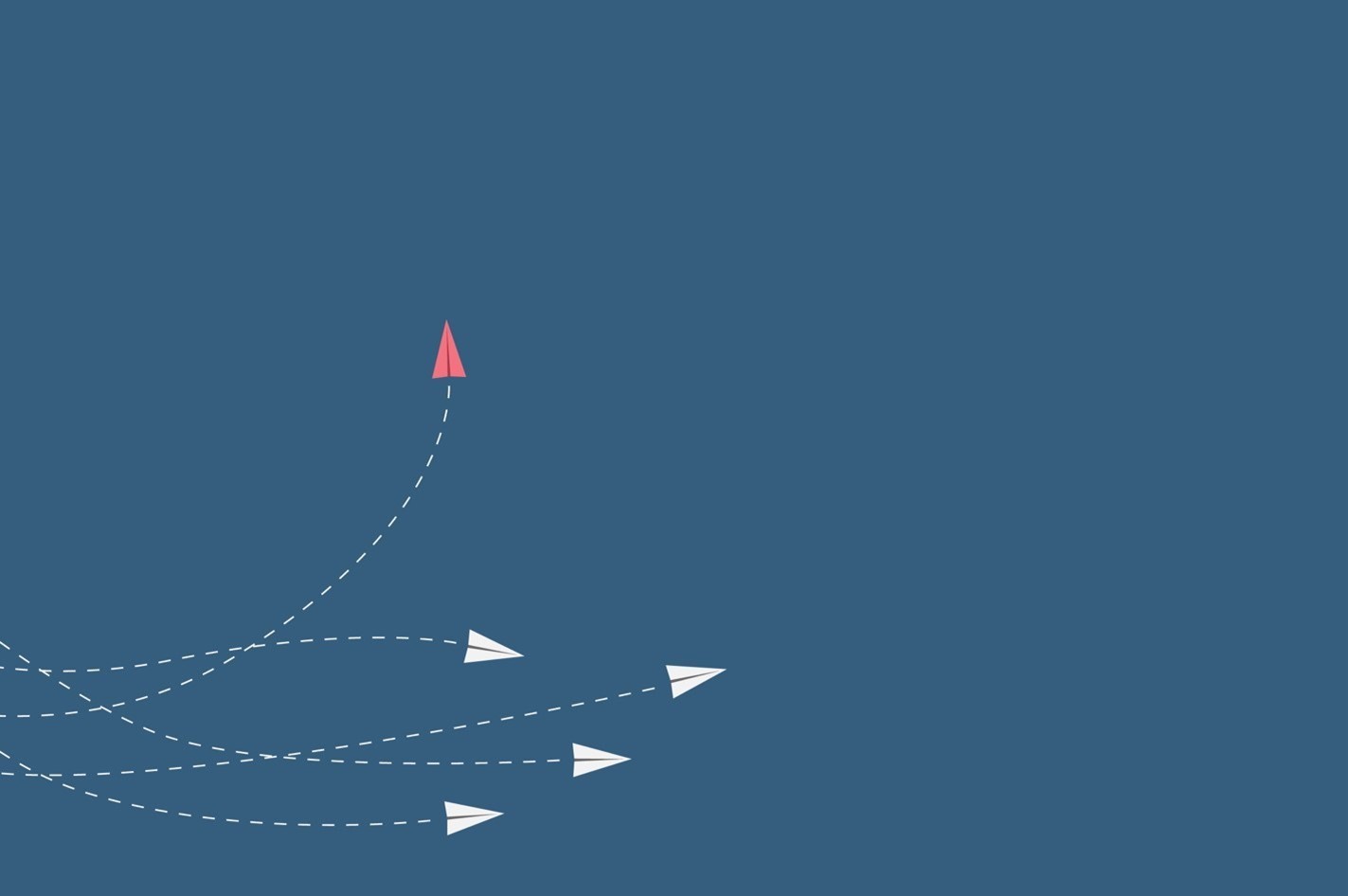Can a random change of direction really lead to new creative paths? The surprising power of Oblique Strategies

Conceived by musician Brian Eno and artist Peter Schmidt in the early 1970s, Oblique Strategies is a deck of cards featuring prompts, aphorisms, and directives intended to break creative deadlocks. These cards serve as catalysts for shifting perspectives, encouraging lateral thinking, and prompting individuals to consider solutions outside their usual cognitive pathways. Think’s Rebecca Burkhardt looks at how it can work in practice…
“Make an exhaustive list of everything you might do, and do the last thing on the list.”
That was the prompt delivered to me last Thursday, from my own Oblique Strategies deck. Having struggled for the best part of a day with one of the major creative elements of a go-to-market strategy, I did what I often do in these circumstances – drew a card at random from the deck.
In the quest for innovation, traditional thought patterns often fall short. Enter Oblique Strategies, a card-based creative technique designed to disrupt conventional thinking and open doors to unexpected ideas. In this blog, we’ll explore the concept of Oblique Strategies, its origin, and how exercises in randomizing thinking can catalyze surprising and groundbreaking results.
The Randomization of Thought:
At the core of Oblique Strategies is the intentional introduction of randomness into the creative process. When faced with a creative block or a need for fresh ideas, drawing a card at random provides an unpredictable prompt. This randomization disrupts linear thinking, pushing individuals to explore unconventional angles, inspiring unexpected connections, and fostering a departure from the ordinary.
Breaking the Routine:
Human minds tend to follow established patterns and routines, especially when confronted with problem-solving. Oblique Strategies disrupts this comfort zone, prompting users to question assumptions, challenge norms, and embrace the discomfort of uncertainty. The exercise in randomization becomes a tool for breaking the routine, injecting novelty into the thought process.
Surprising Results through Cognitive Dissonance:
The beauty of Oblique Strategies lies in its ability to induce cognitive dissonance – the mental discomfort that arises when faced with conflicting ideas or perspectives. By introducing an unexpected element into the creative process, individuals experience a moment of discomfort that can lead to surprising and innovative solutions as the mind strives to resolve the inconsistency.
Enhancing Collaborative Creativity:
In collaborative settings, Oblique Strategies becomes a powerful tool for promoting group creativity. By encouraging team members to draw cards and share their interpretations, the technique not only randomizes individual thinking but also creates a shared cognitive space where diverse perspectives converge. This collaborative randomness can spark synergies and lead to solutions that transcend individual contributions.
Real-World Applications:
Oblique Strategies has found applications across various creative disciplines, from music composition and visual arts to problem-solving in business and technology. Its influence extends to the realms of design thinking, where embracing ambiguity and uncertainty is increasingly recognized as a precursor to groundbreaking solutions.
Overcoming Fear of Failure:
The fear of failure often stifles creativity. Oblique Strategies provides a safety net, offering users the liberty to explore unconventional ideas without the pressure of immediate success. The randomization process liberates individuals from the fear of judgment, creating an environment where failure is reframed as an integral part of the creative journey.
Incorporating Oblique Strategies into Daily Practice:
Whether individually or within a team, incorporating Oblique Strategies into daily creative practices can be transformative. By setting aside preconceived notions, embracing randomness, and welcoming cognitive dissonance, individuals and teams can unlock a reservoir of untapped creativity.
The result of my process last Thursday was one of the best examples of the power of Oblique Strategies I’ve seen in the last year. We reassigned the stalled tasks to a different team. It was the last thing on the list made by a team that didn’t want to fail and didn’t want to yield responsibility. We were forced to do it by respect for the process we’d agreed on. The first strong usable idea came back to us before the end of the day. The deadlock broken, the team went back to work.
Oblique Strategies stands as a testament to the power of unpredictability in the creative process. In a world often dominated by linear thinking and routine problem-solving, introducing a touch of randomness can be the key to unlocking novel ideas and surprising solutions. Embracing the unexpected not only expands the creative horizon but also nurtures a mindset that thrives on the beauty of the unknown, where innovation flourishes and the ordinary transforms into the extraordinary.
Connect with an open mind and an experienced problem solver who can help frame your challenges. Submit the form below and find out how Rebecca could help break the deadlock on your projects.